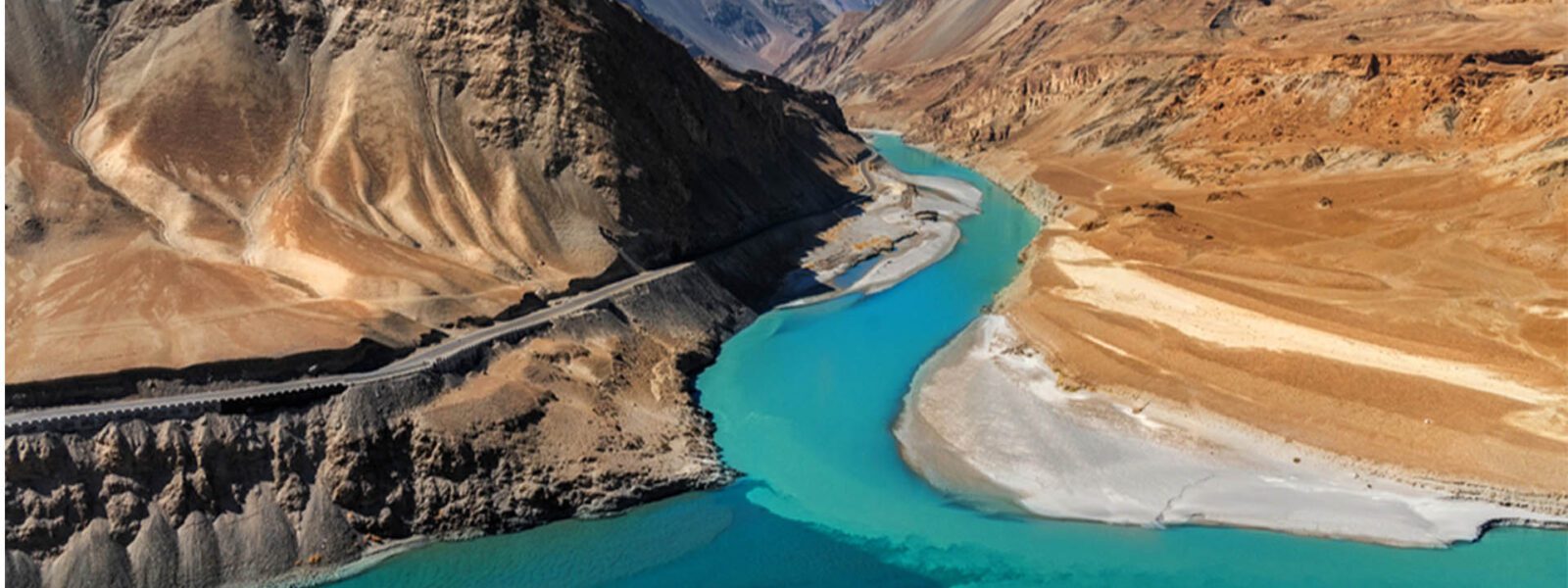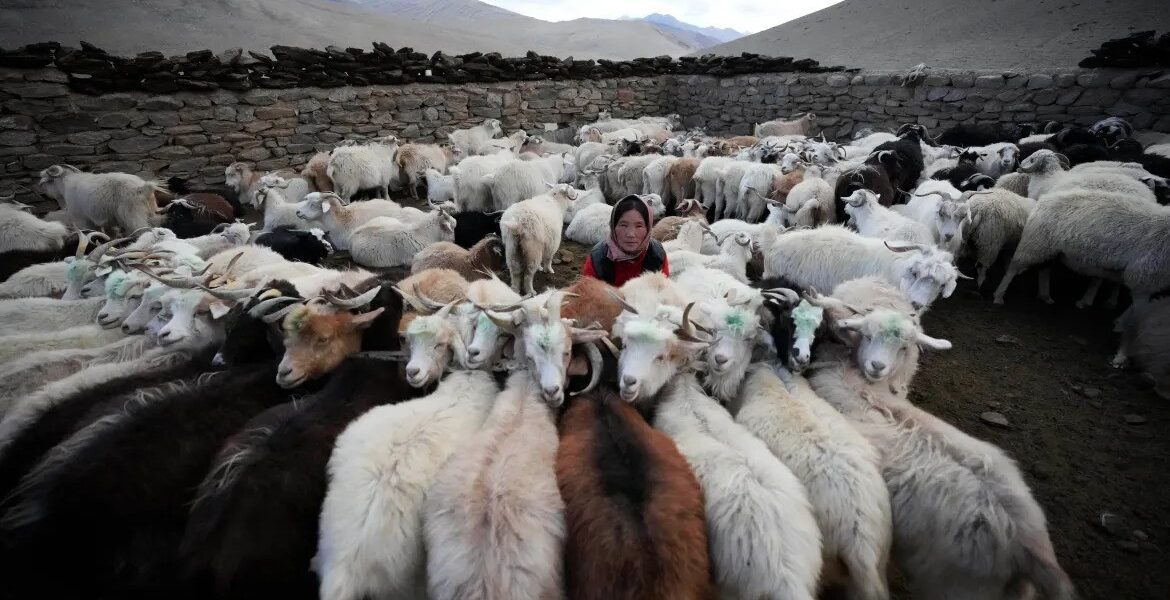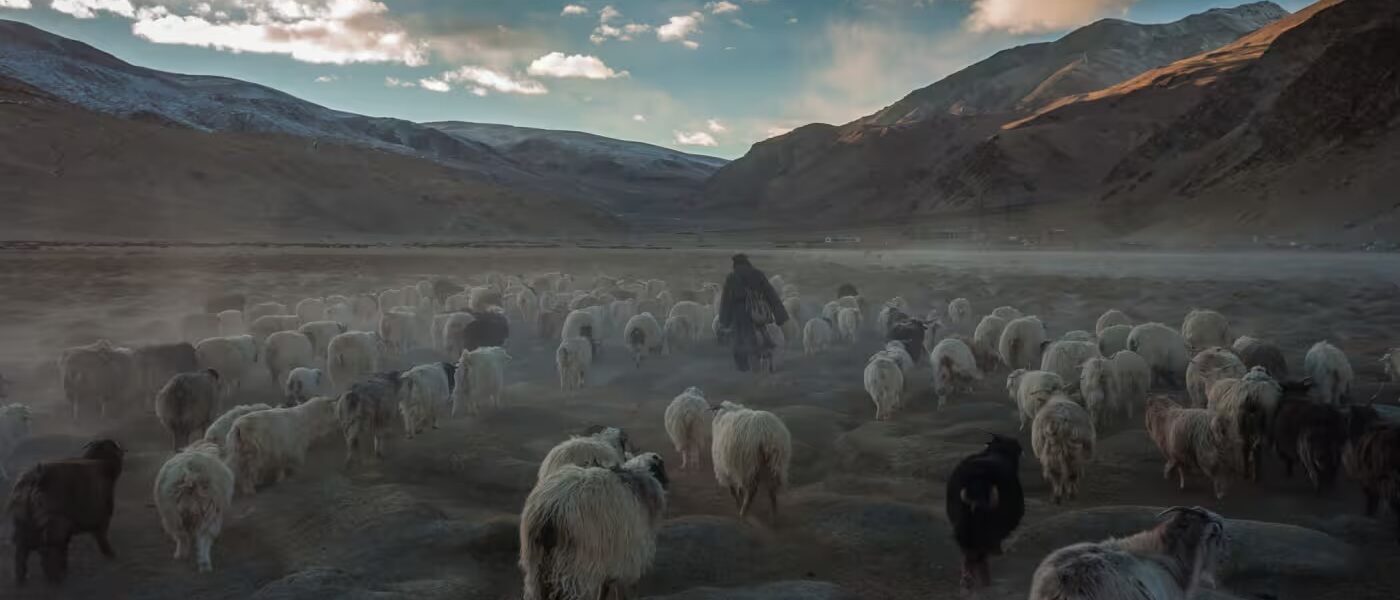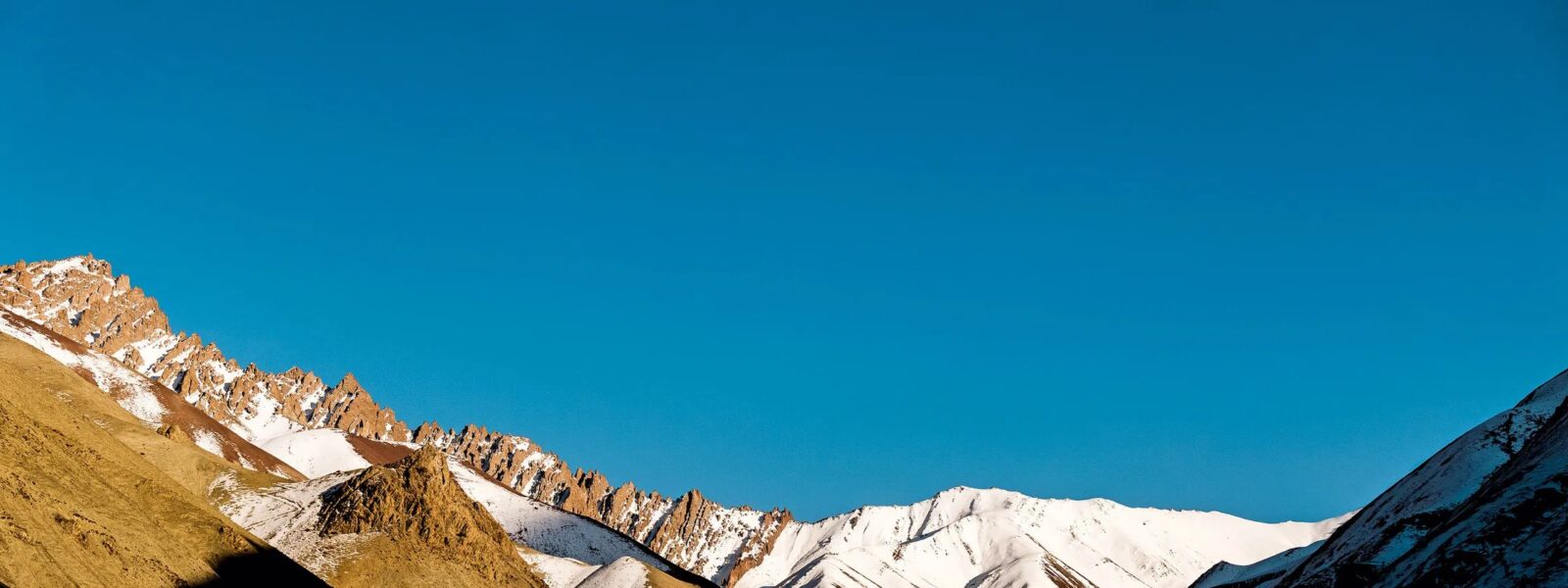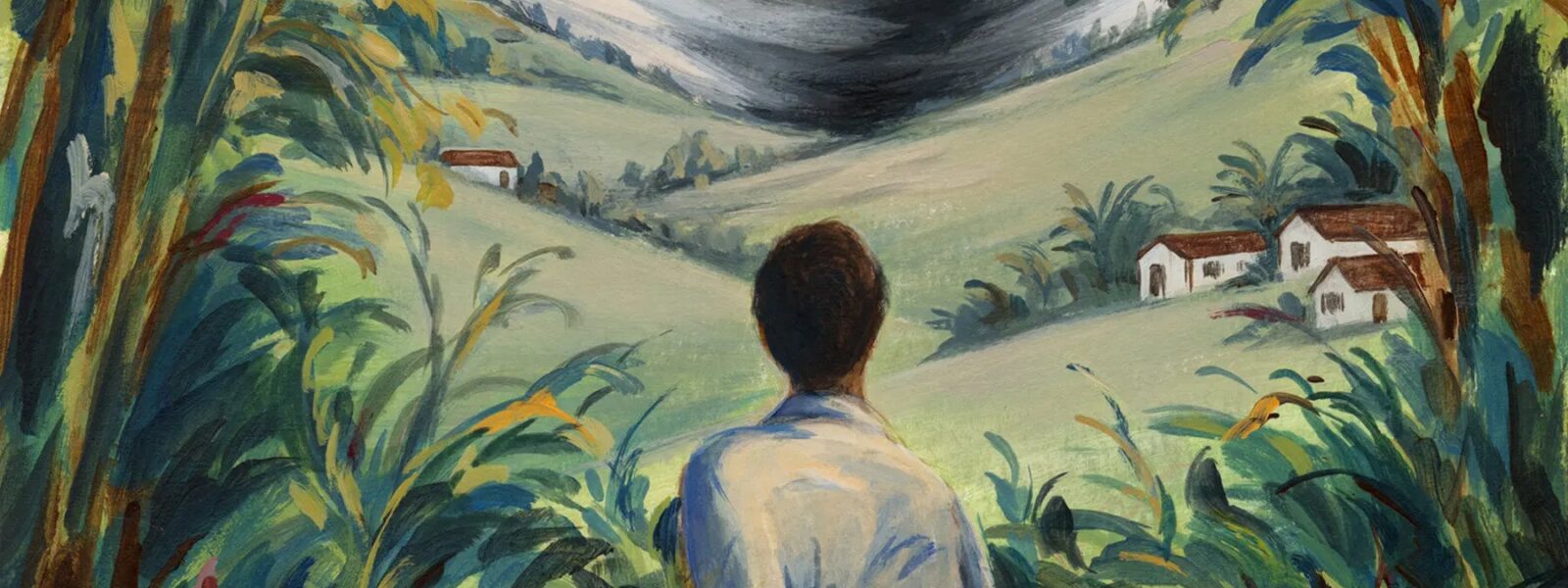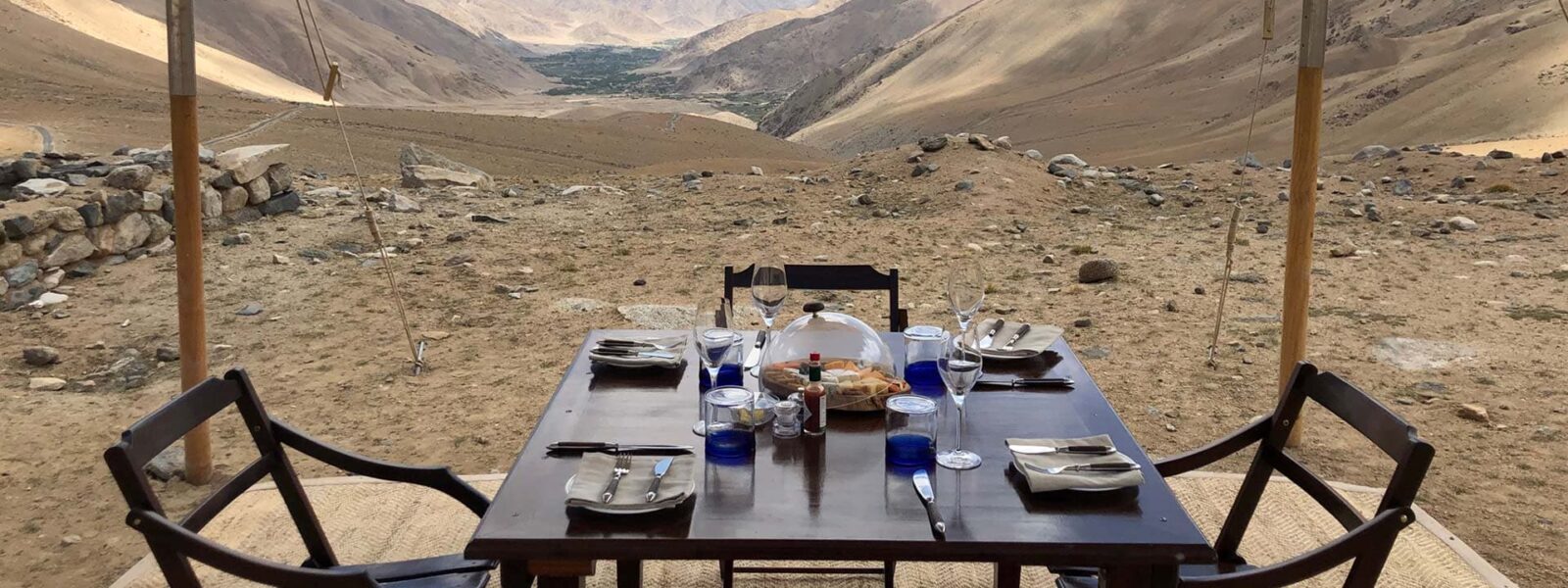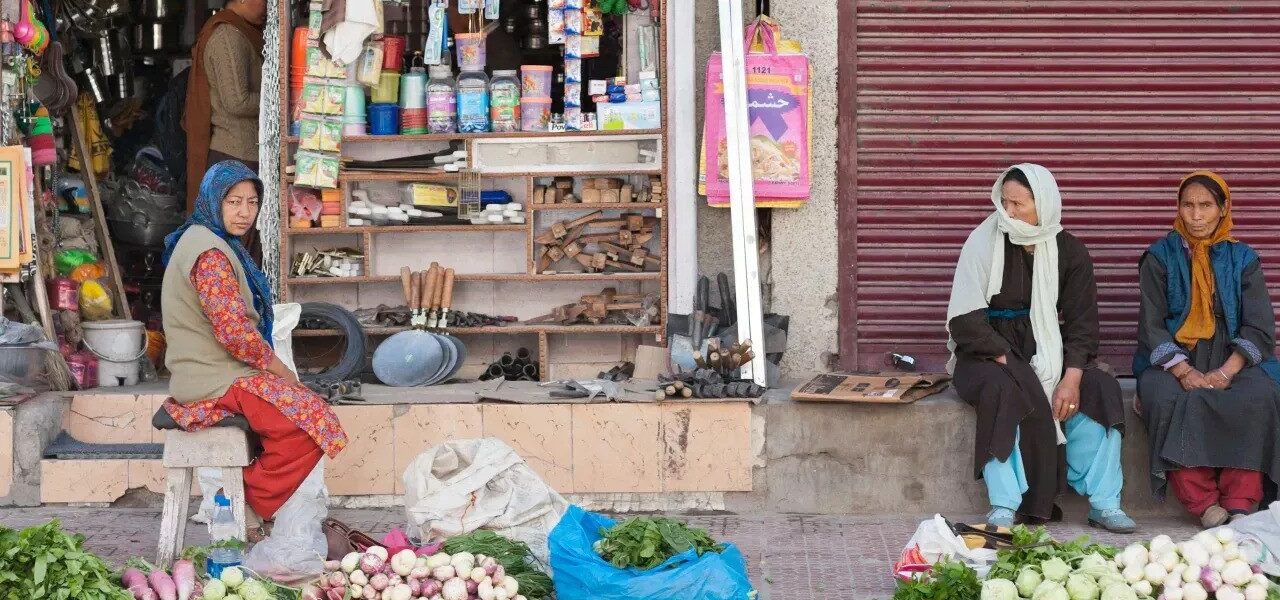Deep in the heart of Ladakh, the breathtaking confluence of the Indus and Zanskar Rivers stands as a testament to nature’s grandeur and resilience. Known for its stark beauty, rich culture, and thrilling trekking routes, this region offers a once-in-a-lifetime experience for adventurers and nature lovers alike. Join us as we explore the magic of the Indus-Zanskar confluence, reveal the best trekking routes, and share expert tips to make your journey unforgettable.
Introduction to Ladakh’s Indus and Zanskar Rivers
Ladakh, often referred to as the “Land of High Passes,” is a cold desert region in the northernmost part of India. This unique landscape is carved by two of its most famous rivers: the Indus River and the Zanskar River. Originating from different parts of the Himalayas, these rivers meet near the village of Nimmu, creating a stunning confluence that has captivated travelers for centuries.
The Indus River, also known as the Sindhu, is one of the longest rivers in Asia. It originates in Tibet, flows through Ladakh, and continues its journey into Pakistan. The Zanskar River, on the other hand, originates from the Zanskar Range and is known for its dramatic gorges and fast-flowing waters. When these two rivers meet, their contrasting colors—deep blue for the Indus and muddy brown for the Zanskar—create a striking visual spectacle that’s hard to find anywhere else in the world.
This confluence is more than just a geographical wonder; it’s a cultural and spiritual landmark for the people of Ladakh. For trekkers, it serves as a gateway to some of the most thrilling and rewarding trails in the Himalayas.
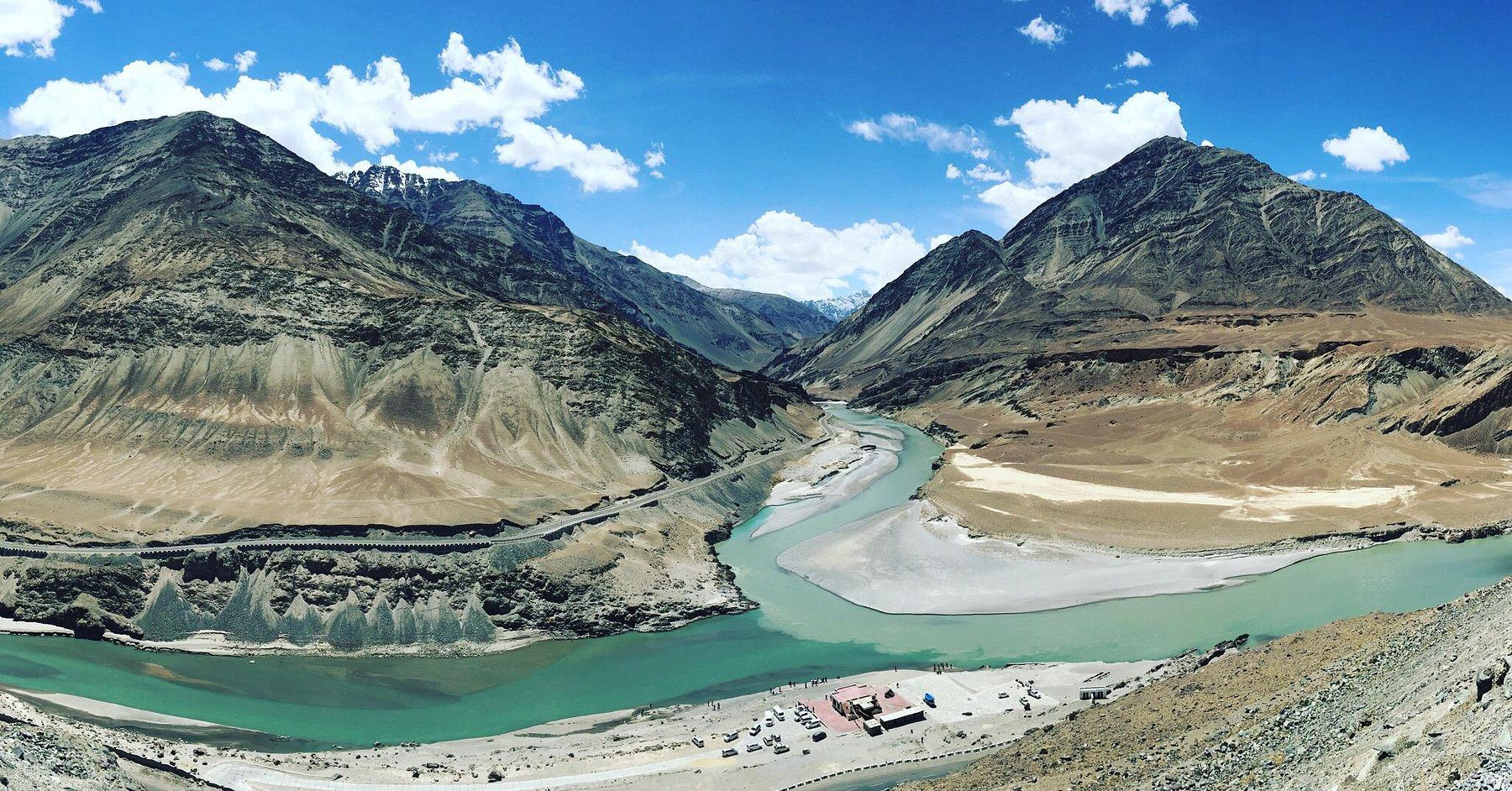
The Unique Beauty of the Indus-Zanskar Confluence
The Geographic Marvel of Two Himalayan Rivers
At the heart of Ladakh lies a natural phenomenon that leaves visitors speechless—the meeting point of the Indus and Zanskar Rivers. Surrounded by towering mountains and barren terrain, the confluence is a visual delight. The distinct colors of the rivers remain separate for a short distance before merging completely, symbolizing unity and harmony in the midst of Ladakh’s rugged landscape.
The area around the confluence is a haven for photographers and adventure enthusiasts. The view changes dramatically with the seasons—while summer reveals vibrant green valleys and crystal-clear skies, winter turns the landscape into a frozen wonderland with snow-covered peaks and icy riverbanks. The contrast between the stark, rocky mountains and the vibrant waters creates an otherworldly atmosphere that is uniquely Ladakhi.
Cultural and Spiritual Importance of the Confluence
For centuries, the Indus and Zanskar Rivers have played a vital role in shaping the culture and traditions of Ladakh. Both rivers are considered sacred in Tibetan Buddhism, and their waters are often used in religious rituals and ceremonies. The confluence is seen as a place of spiritual significance, where travelers and locals alike come to meditate, reflect, and connect with nature.
Several monasteries located near the confluence, such as Alchi Monastery and Hemis Monastery, add to the spiritual aura of the region. These monasteries not only offer a glimpse into Ladakh’s ancient heritage but also provide trekkers with an opportunity to experience peace and tranquility amid the rugged terrain.
Trekking Along the Indus and Zanskar Rivers
Why Trekking in Ladakh is a Bucket List Experience
Ladakh is a paradise for trekkers. Its high-altitude trails, dramatic landscapes, and unique cultural experiences make it one of the most sought-after trekking destinations in the world. What sets the region apart is its diversity—treks here range from easy walks through picturesque valleys to challenging expeditions across icy gorges and steep mountain passes.
Trekking along the Indus and Zanskar Rivers is particularly special because it offers a perfect blend of adventure and natural beauty. The trails take you through remote villages, ancient monasteries, and stunning river valleys, providing a deeper connection to Ladakh’s culture and environment. Whether you’re a seasoned trekker or a first-timer, the confluence of these rivers promises an unforgettable experience.
Best Trekking Routes Along the Indus and Zanskar Rivers
The region offers a variety of trekking routes catering to different skill levels. Here are some of the best options:
| Trekking Route | Difficulty Level | Highlights |
|---|---|---|
| Chilling to Padum | Moderate to Difficult | Explore the Zanskar Gorge, dramatic cliffs, and remote villages |
| Nimmu to Alchi | Easy to Moderate | Visit ancient monasteries and enjoy stunning views of the confluence |
| Lamayuru to Darcha | Difficult | Cross high mountain passes and discover Ladakh’s diverse landscapes |
Each of these routes offers something unique, whether it’s the thrill of trekking through narrow gorges or the chance to immerse yourself in Ladakh’s rich culture.
Scenic Highlights and Natural Wonders
One of the major highlights of trekking along these rivers is the Zanskar Gorge, often referred to as the “Grand Canyon of Asia.” With its towering cliffs and roaring waters, the gorge is a testament to the raw power of nature. Other scenic wonders include the Himalayan peaks that surround the region, the picturesque villages dotting the trails, and the mesmerizing night skies that offer unparalleled stargazing opportunities.
Wildlife enthusiasts will also be delighted by the chance to spot rare Himalayan animals, such as ibex, marmots, and snow leopards. The combination of stunning landscapes and unique wildlife makes every moment of the trek a visual feast.
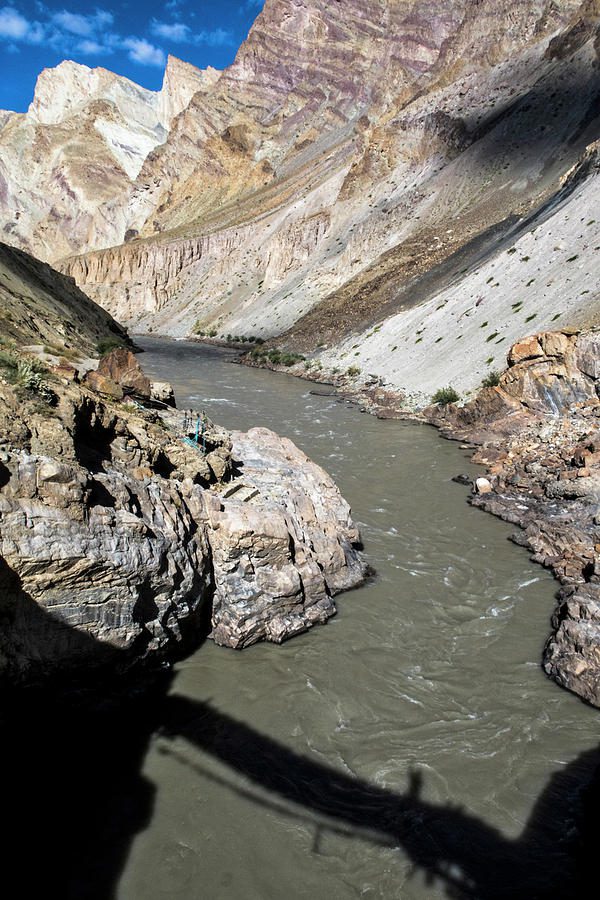
Preparing for the Trek
Best Time to Trek Along the Indus and Zanskar Rivers
The best time to visit Ladakh for trekking is during the summer months of June to September. During this period, the weather is pleasant, and the trails are accessible. Winter treks, such as the Chadar Trek, are also popular but require additional preparation for the extreme cold.
Packing Essentials for High-Altitude Treks
Proper preparation is key to a successful trek. Here’s a list of essentials:
- High-quality trekking boots for rocky terrain
- Warm layers, including a waterproof jacket
- Lightweight backpack with a rain cover
- Sleeping bag rated for sub-zero temperatures
- Reusable water bottles and a water purifier
- Energy snacks and a first-aid kit
Health and Safety Tips for Trekking in Ladakh
High-altitude trekking comes with its challenges, including the risk of altitude sickness. To ensure a safe and enjoyable experience:
- Acclimatize in Leh for 2-3 days before starting your trek
- Stay hydrated and avoid alcohol
- Listen to your body and take rest days if needed
- Carry essential medications, including those for altitude sickness
Cultural Encounters Along the Trek
Exploring Ladakhi Villages Along the Rivers
The trekking routes along the Indus and Zanskar Rivers pass through some of Ladakh’s most charming villages, such as Nimmu, Chilling, and Pishu. These villages offer a glimpse into the traditional Ladakhi way of life, with their mud-brick houses, lush fields, and warm hospitality. Staying in homestays provides a unique opportunity to learn about local customs, try traditional cuisine, and support the local economy.
Buddhist Monasteries Along the Indus and Zanskar Rivers
The trek also provides access to some of Ladakh’s most iconic monasteries. The Alchi Monastery, known for its ancient murals and intricate woodwork, is a UNESCO World Heritage Site and a must-visit for art and history enthusiasts. The Lamayuru Monastery, perched on a hilltop, offers panoramic views of the surrounding landscapes and serves as a spiritual retreat for many travelers.

Tips for a Memorable Trek
Hiring Guides and Planning Your Route
Hiring a local guide can make your trek safer and more enriching. Guides are familiar with the terrain, weather conditions, and local culture, ensuring a seamless experience. When planning your route, consider factors such as difficulty level, trail conditions, and the availability of campsites or homestays.
Sustainable Trekking Practices in Ladakh
Preserving Ladakh’s pristine environment is essential for future generations. Follow these sustainable trekking practices:
- Avoid single-use plastics and carry reusable bottles
- Dispose of waste responsibly and leave no trace
- Support local businesses by hiring local guides and staying in homestays
Conclusion: Embrace the Confluence of Giants
The trek along Ladakh’s Indus and Zanskar rivers is more than just an adventure; it’s a journey of discovery, connection, and awe. From the majestic landscapes and cultural richness to the thrilling trails, every moment offers something unforgettable. Whether you’re a seasoned trekker or a nature lover seeking serenity, the confluence of these rivers is a destination that should not be missed.
Customer Testimonial
“The Indus and Zanskar trek exceeded all my expectations. The landscapes were surreal, and the cultural encounters added so much depth to the experience. Our guide was incredibly knowledgeable and made the trek safe and enjoyable. It’s an adventure I’ll cherish forever!”
– Emily Rogers, Canada, Environmental Scientist
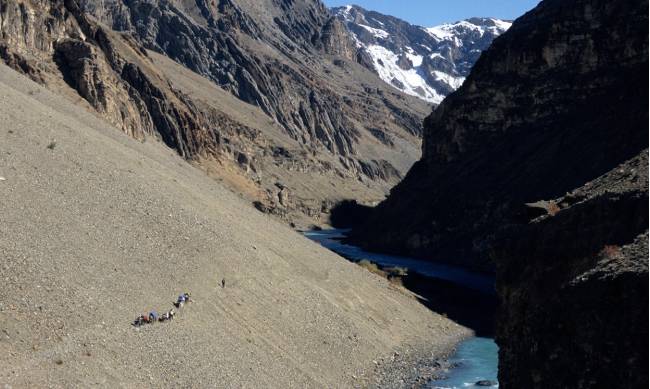
Frequently Asked Questions (FAQs)
What is the best time to visit the confluence of the Indus and Zanskar Rivers?
The best time is between June and September, when the weather is stable, and the trails are accessible.
Do I need a guide for trekking along the Indus and Zanskar Rivers?
While experienced trekkers can go solo, hiring a guide ensures safety and provides deeper insights into the region’s culture and history.
What is the duration of the trek along the Indus and Zanskar Rivers?
The trek duration depends on the route chosen, ranging from 5 to 10 days.
Are permits required for trekking in Ladakh?
Yes, permits are required for most trekking routes. Ensure you check the latest regulations before planning your trip.
What should I pack for trekking in Ladakh?
Essentials include warm clothing, trekking boots, a sleeping bag, reusable water bottles, and a first-aid kit.
How can I prepare for altitude sickness?
Acclimatize for a few days in Leh, stay hydrated, and ascend gradually to avoid altitude sickness.

